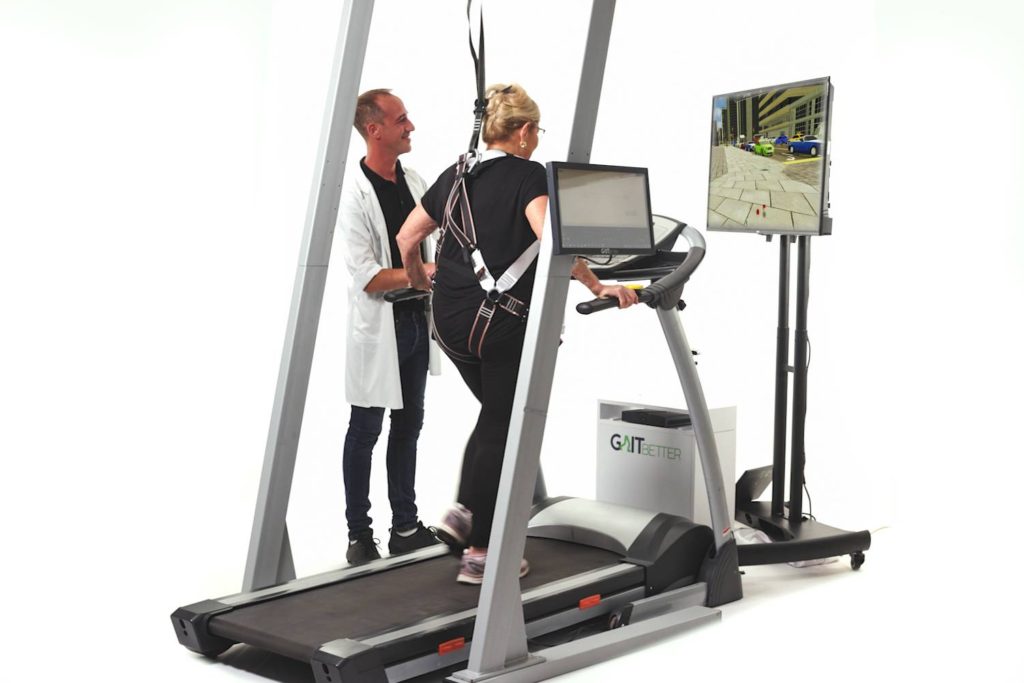
Read this insightful article by physical therapist, Mike Studer, to learn how advanced dual tasking technologies, like GaitBetter, are allowing rehab professionals to improve a patient’s gait.
In today’s fast-paced world, it’s more important than ever for rehab professionals to challenge their patients to be able to tolerate and thrive or even just sustain safe mobility in the face of distractions. One way to do this is by implementing dual tasking, which involves having patients perform a secondary task while walking.
With the advent of advanced technology, rehab professionals can now more easily implement dual tasking into their practice. Not only does this improve the patient’s gait, but it also has ancillary benefits such as cognitive function and overall health.
Assess fall risk and performance
As technology continues to advance, rehab professionals have access to new and innovative ways to enhance their patients’ rehabilitation experience. One such way is by incorporating technology into traditional assessments, such as the Timed Up and Go test. Imagine conducting the test as a shuttle test (several laps) with a person with Parkinson Disease, while the patient interacts with a computerized display that requires working memory. This adds an extra level of challenge and engagement for the patient, and also provides objective measures of their performance.
Another example is using technology to assess an athlete recovering from a sport-related concussion. By using objective measures, such as balance assessments under dual tasking conditions, the athlete can see and hear that their balance has returned to the baseline measurement they displayed in preseason screening. This can be a powerful motivator for the athlete, and it also provides a more valid and objective measure of their progress.
Better engage patients
Finally, technology can also be used to make therapy more fun and engaging for children. Imagine the excitement of a 9-year-old patient with cerebral palsy who is excited about following the sequence of colors in the same order that it was presented on the board. This type of interactive therapy can help to keep the child engaged and motivated during their therapy sessions.
The benefits of adding technology to your practice are clear. Dual-tasking can be a game-changer for your patients, and your clinic. It can help to improve patient engagement, provide objective measures of performance, and make therapy more fun and engaging for patients of all ages. As the technology continues to evolve, it’s important for rehab professionals to stay informed and take advantage of the new tools and techniques that are becoming available.
As Mike Studer, PT, DPT, MHS, NCS, CEEAA, CWT, CSST, FAPTA said in his article “Can you afford to practice without it?”
